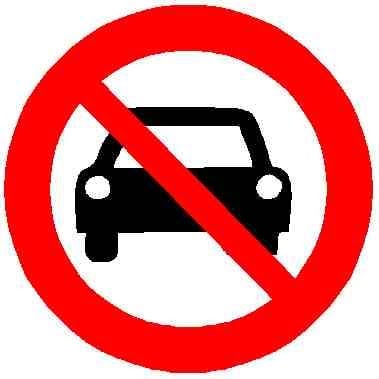

Important to note this is the Royal Air Force. Unlike the US, the Royal Air Force covers both land and naval based aircraft.
It’s a surprisingly good idea for carrier aircraft. The landing gear on carrier planes has to be extra durable because carrier landings are rough. Getting rid of landing gear would save a lot of weight and a big source maintenance.
Worked pretty well. The only reason it wasn’t pursued was because carrier aircraft do land on regular runways, and nobody wants to convert every single runway to a bouncy version.






And in this particular case, the soft lining of the esophagus wouldn’t necessarily get the stinger stuck.
One of the my childhood friend’s dad swallowed a bee once. He nearly died, and frequently said it was the worst summer of his life.